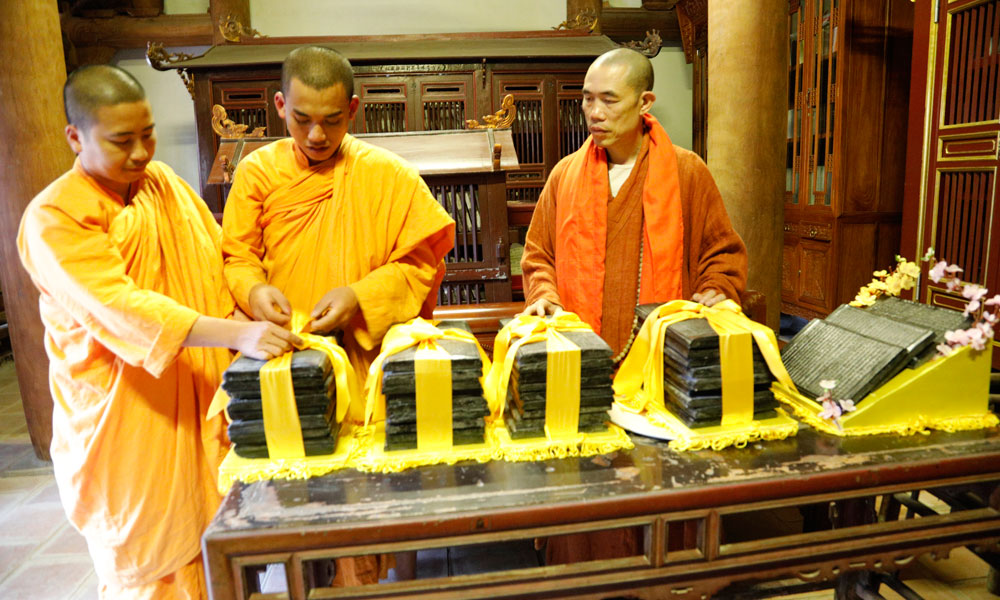Hai Duong: Historical places officially named special national relic sites
At the event, Deputy Prime Minister Vuong Dinh Hue presented the province with certificates honoring its two popular historical destinations as special national relic sites.
 |
|
Mao Dien Temple of Literature in Hai Duong. |
Mao Dien Temple of Literature, the second largest of its kind in Vietnam after the temple in Hanoi, was built during the early period of the Later Le Dynasty in Vinh Tuy commune, Binh Giang district in the 15th century. It was later moved to Cam Dien commune, Cam Giang during the Tay Son Dynasty (1788 – 1802).
The temple is a place where worshippers come to pay homage to Confucius as well as some 600 Confucian doctors of the province that have been honored over more than 500 years.
Xua Temple is located in Cam Vu commune, Cam Giang where Great Physician and Zen Master Tue Tinh (1330 – 1400) was born. He is viewed as the saint of Vietnamese herbs and the progenitor of Vietnamese traditional medicine.
Giam Pagoda in Cam Son commune is where he lived and dedicated his life to documenting and making medicine, while Bia Temple in Cam Van commune worships the Great Physician and retains a stone stele engraved with his testament.
Cam Giang district has spent nearly 2 trillion VND (86 million USD) over the past eight years improving infrastructure and public facilities and developing local economy as part of efforts to gain the new-style rural district status.
It is now the only district of Hai Duong to have all high schools meeting national standards. All of the district’s communal and inter-communal roads and alleys have been concreted, while all communes have at least one station providing telecommunication services and a multi-functional cultural house for community and sports events.
The district’s income per capita is estimated at 42 million VND (1,800 USD) this year, a 2.15-fold increase from that of 2011, and the local poverty rate dropped to 1.47 percent.
Source: VNA
 Bắc giang
Bắc giang
















Reader's comments (0)